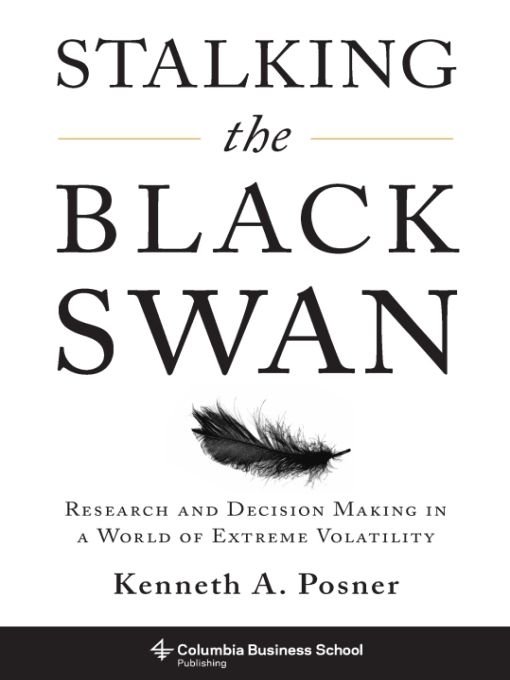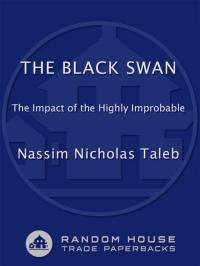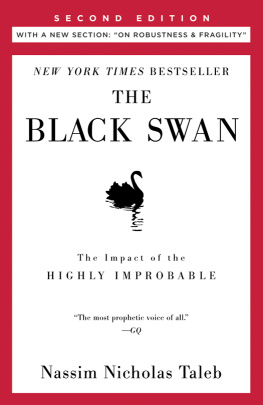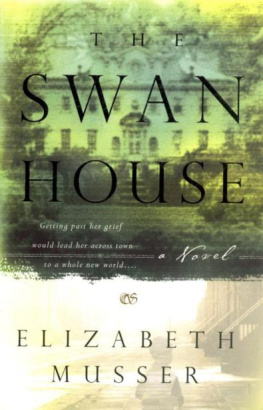Table of Contents
ACKNOWLEDGMENTS
Id like to thank the people who have worked for me over the years, without whose effort I would have produced very little research: Andy Bernard, David Brown, Andrew Chen, David Cohen, Michael Courtian, Camron Ghaffari, Melini Jesudason, Tony Kim, Athina Meehan, Mita Nambiar, Miriam OBrien, Suzanne Schiavelli, and Vivian Wang.
I owe gratitude to a number of people at Morgan Stanley (including alums), from whom I learned many valuable lessons over the years: David Adelman, Richard Berner, Mike Blumstein, Mayree Clark, Bob Dewey, Betsy Graseck, Chris Hart, John Havens, Eric Hemel, Trevor Harris, Vlad Jenkins, Tom Juterbock, Marty Leibowitz, Bill Lewis, Henry McVey, Mary Meeker, Vikrim Pan-dit, Ruth Porat, Tomer Regev, Steve Roach, Norm Rosenthal, Alice Schroeder, Dennis Shea, Art Soter, Byron Wien, and Alan Zimmermann. I owe similar debts to many clients, too.
The following people were kind enough to review drafts of various chapters and offer comments (they are not responsible for the content): David Adelman, Robert Aliber, Doug Bendt, Peter Burns, Max Bazerman, Harry Davis, Bob Dewey, Emanuel Derman, Trevor Harris, Brian Hayes, Vlad Jenkins, Michael Mauboussin, Alex Pollock, Richard Posner, Tomer Regev, Steve Sexauer, Jim Wiener, Byron Wien, Mark Zandi, and two anonymous reviewers.
I am obliged to Myles Thompson of Columbia University Press for suggesting this project, as I had long planned to write a book, and his encouragement got me started. Fred Miller did a great job editing the manuscript.
My familySue, Emeline, and Philipput up with long hours, not only during my career as an analyst, but also while I was writing the book. I am grateful for their love and support.
INTRODUCTION
By ratiocination, I mean computation.
Thomas Hobbes, 1588-1679
If I had to bet on the best long-term predictor of good judgment among [a group of political and economic forecasters], it would be their commitmenttheir soul-searching Socratic commitmentto thinking about how they think.
Philip Tetlock, Expert Political Judgment, 2005
The premise of this book is that the practice of fundamental research can help decision makers adapt to a world of Black Swans, the seemingly improbable but highly consequential surprises that turn our familiar ways of thinking upside down. Most commonly associated with the work of Benjamin Graham and David Dodd, fundamental research is the study of causal variables underlying the perfor mance of companies, industries, or economies, with the goal of predicting future developments. The research strategies in this book build upon that heritage, but they have been updated for the growing importance of computer technology, and they have a special focus on volatility. To be sure, fundamental research (with or without computers) will not provide a sure-fire way to success. We are all destined to be surprised far more often than we would like. Nonetheless, this book shows how fundamental research can help us forecast some Black Swans, recognize the possibility of others just a little bit earlier, and when surprise is unavoidable, react more quickly and (one hopes) mitigate the losses (possibly catastrophic) that result from misjudgments during periods of extreme volatility.
This book is based on my experience as a Wall Street analyst, but it is aimed at a much broader audience. As a senior analyst at a major investment bank, I covered the so-called specialty finance sector consisting of firms like Countrywide, Fannie Mae, CIT Group, Sallie Mae, MasterCard, Discover, American Express, and Providian Financial. A decades worth of experience with this controversial group culminated in a ground-zero view of the mortgage, housing, and capital markets crisis that erupted in 2007. My experiences are directly relevant to investment professionals, such as analysts, traders, portfolio managers, risk managers, and chief investment officers, and possibly to retail investors. But the Black Swan phenomenon also takes wing in businesses and professions outside the securities industry. This book should be useful to senior executives, corporate strategists, regulators, and policymakers throughout the business world and in the intelligence community, the social sciences, journalism, and research in other fieldsto anyone who must analyze, react, and strategize in the face of sudden change.
The capital markets crash of 2008 has taught more people to appreciate the idea of the Black Swan. Popularized by Nassim Nicholas Taleb, the Black Swan refers to a highly improbable event that seemingly could not have been anticipated by extrapolating from past data. Taleb references Europeans surprise on discovering the Australian black swan (cygnus atratus): they had believed that all swans by definition were white (cygnus cygnus) because these were the only kind they had ever seen. In the markets, Black Swan events are marked by sudden shifts in the level of volatility affecting stocks, sectors, and sometimes the entire economy, producing price shocks of multiple standard deviations, at least as measured by the sense of risk prevailing before the storm. Of course, students of the markets have long recognized that the volatility of financial returns has a slippery quality. Benoit Mandelbrot, the founder of fractal science, observed that financial markets had fatter tails than implied by the normal (or bell-shaped) distribution. Taleb warned that people tend to underestimate risk, especially when armed with statistical models built on normal curves. His criticism of financial risk management and, more broadly, his warnings to beware the Black Swan proved timely. Mistakes during the crash of 2008 suggest that some decision makers missed his message or did not know how to implement it. That is where this book comes in: it offers a pragmatic approach to research, analysis, and decision making for an environment punctuated by episodes of extreme volatility.
The idea of the Black Swan should not be reserved for infrequent global shocks; rather, Black Swans occur at different scales all the time. Many now associate the concept with the recent downturn, widely regarded as the most severe since World War II, the kind of shock we all hope is infrequent. But there are plenty of smaller, more mundane swans, whipsawing individual stocks and sectors, even when the rest of the market is calm. (There are numerous examples in the chapters that follow). These surprises have several sources, including the inherently difficult-to-forecast complexities of the fundamental world, the collective behavior of people in markets, and the feedback effects between fundamentals and markets.
In formulating the strategies in this book, I have tried to place the principles of fundamental research on a more scientific foundation. Some of the old rules, like value investing, do not necessarily work when Black Swans are operating. Yes, there is much good sense in the value discipline. But the logic has failed in certain areas, such as in the insistence on valuation rules of thumb (like price-to-book ratios), uncritical assumptions about the mood swings of Mr. Market, or even magic formulas that are supposed to produce superior resultsan approach that Graham himself dismissed.
To take fundamental research to the next level, I have tried to update the fields commonsense principles for recent advances in finance theory, quantitative investing, and artificial intelligence, borrowing insights from Fischer Black, David Shaw, Marvin Minsky, Judea Pearl, and Herbert Simon, among others. To be clear, I am not an academic or a quant. But as a practicing analyst, I was always interested in using advanced computer modeling to improve my forecasts (as some of the stories that follow will show). I have seen how powerful analytics can produce a competitive edge. I have also seen analytics go dangerously wrong. When surprise strikes, it is no use blaming models. We live in an information-intensive environment, so decision makers must seek out the right balance between human intuition and computer analysis .









